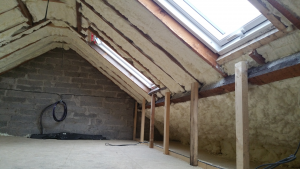Attic Spray Foam Insulation Clara
3 Bed Semi Attic Insulation Clara
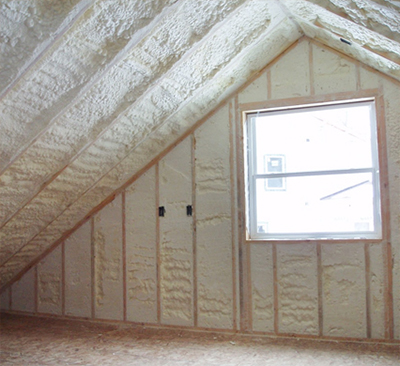
Attic Insulation Clara
Spray foam is versatile and can be used for a wide variety of purposes. Spray foam can be used on roofs, windows and attics as well underfloor heating systems and interior and external walls.
Spray foam insulation can not only keep your house warm in winter, but it will also keep you cool in summer. The “Cell” structure of the composition allows for moisture to escape, which helps to allow the house to breathe.
Benefits of Spray Foam Insulation for your home
Other uses include: commercial and industrial buildings; agricultural farms houses; sheds; shipping containers; vessels; and the refrigeration industry.
It also acts as an airtight shield around the house to keep out cold wind and rain. Other insulating products available today are far less effective in this regard. They allow heat to escape your home.
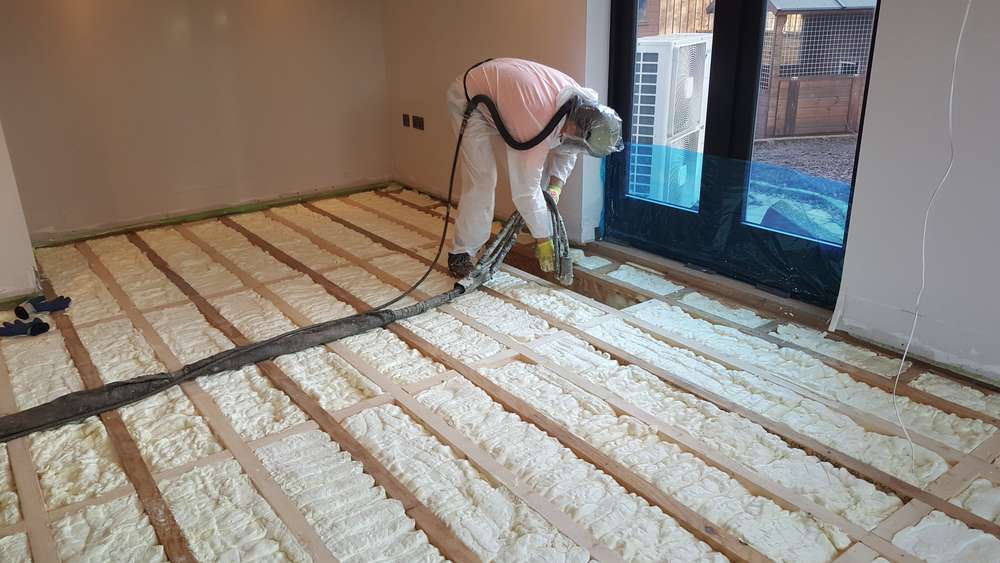
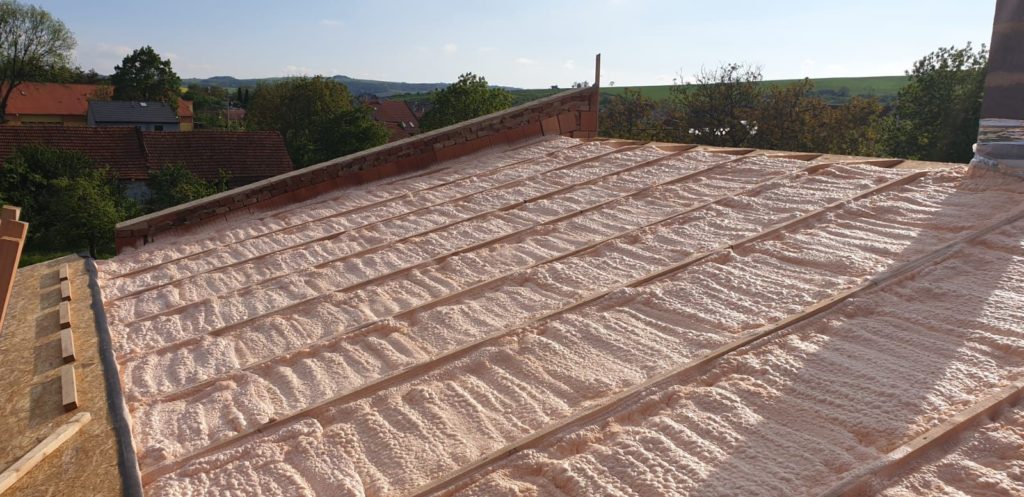
Cost Price Of Spray Foam Insulation
Spray foam insulation, which is the most effective insulation material, is undoubtedly the best. It has a higher insulating value than other materials like rock wool or fiberglass.
Spray foam insulation is excellent as a sound barrier. Spray foam insulation significantly reduces noise from outside. This is especially advantageous for homes or companies that are located in densely populated cities or near airports.
Insulate Your Clara Property Properly
It’s used to dampen sounds that travel from room to room and across floors between interior walls. It’s especially effective on bathroom walls because noises from flushing toilets or showers can make it a nuisance.
It is easy to use and does not cause any disruptions to your daily activities.
In just one day, you can insulate an Irish home.
The pipes are also protected and insulated to reduce noise.
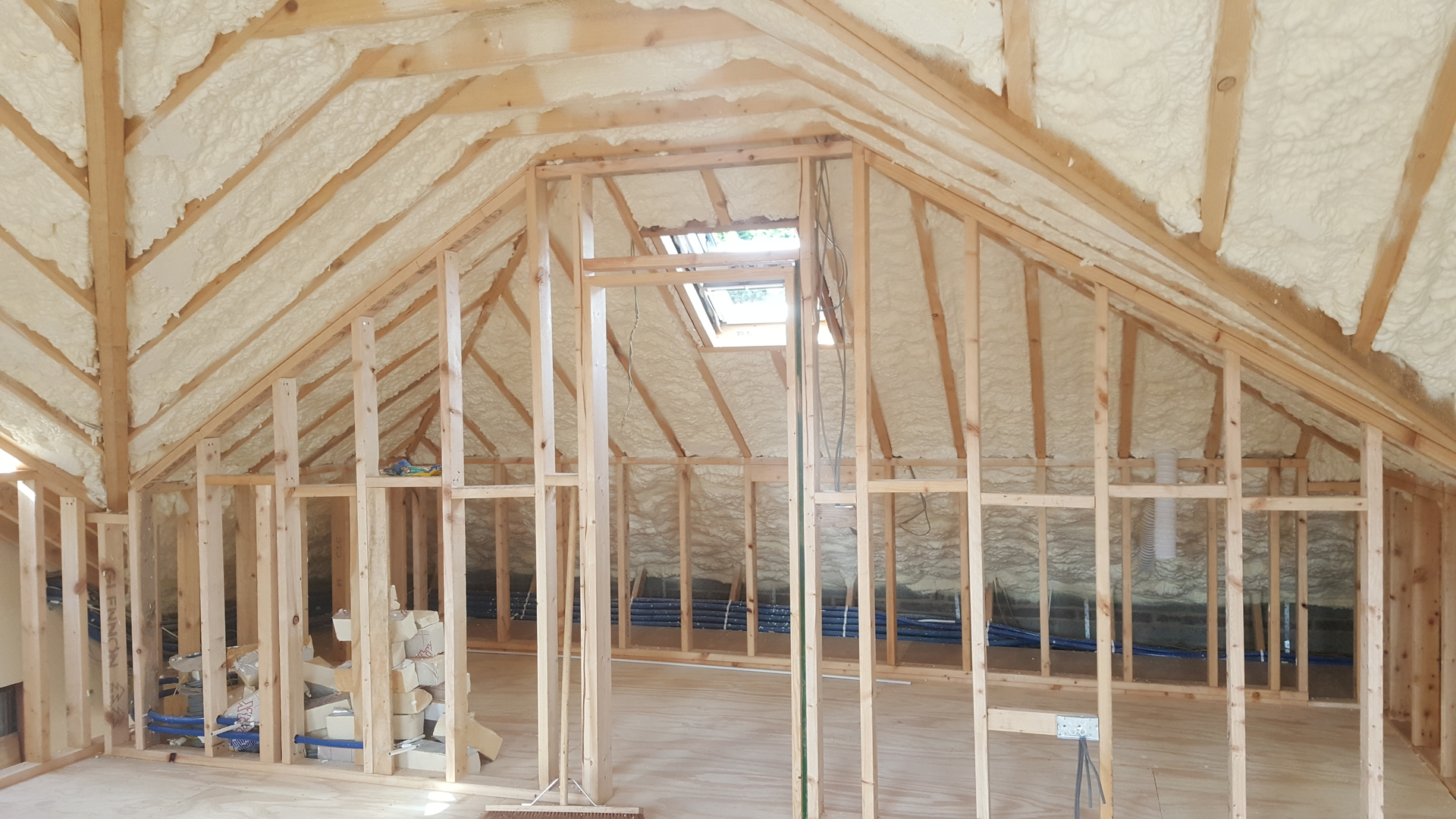
Boards should be laid over the joists if the loft or attic is to be used for storage. The insulation will not be thick enough if it is only between the joists.
This material reduces the sound transference significantly when it is used within walls, attics or roofs, as well as floors, in comparison with fibreglass, rock wool, and polystyrene board. Its dense composition and the application process creates an entirely airtight environment. It keeps out sounds from the environment like traffic, pedestrianised streets and homes near airports.
It prevents sound from being generated within a structure from reaching floors above, below, or into adjacent spaces. Spray foam insulation will dramatically reduce the sound levels of many noises within a structure, including talking, hair dryers (phones), office computers and printers as well as running showers, laundry machines, clothes dryers.
Spray foam insulation is flexible and filled with millions upon millions of microscopic air bubbles. This not only absorbs the vibrations and stops sound from passing through the floor, but also prevents sound from being transferred. Spray foam insulation reduces airborne noise transmission by sealing all cracks and crevices.
Spray foam insulation reduces, if any, the sound of water passing through pipes. It completely covers the pipes and prevents them from rattling. It also eliminates the sound caused by hot water flowing through pipes. The heating system heats wooded Joists, causing them to expand, creak and groove.
It also keeps heat from escaping to upper floors, which causes lower floors to become colder, which in turn makes them require more heat to keep warm. The upper floors become too hot.
If the loft has no condensation or damp problems and is easily accessible, insulation will be very easy.
An uninsulated home loses 25% of its heat through its roof. Insulating your roof, attic, and loft is a good way to reduce heat loss. It will also reduce your heating bill.
You can use mineral wool insulation rolls if you have easy access and your loft joists remain regular. The insulation is first laid between horizontal beams called joists. Once that layer has been laid, another layer of mineral wool insulation is added at right angles.
You can raise your floor to provide enough insulation. This can be done by installing timber battens along the joists or by purchasing purpose-built plastic leg that attach to the joists to support the new floor. You should leave enough air space between insulation layers and boards to prevent condensation.
You should not squash the mineral wool while you place the boards on top. This will decrease its insulation value.
Insulation stops heat from escaping to living spaces. If your loft is not cool enough, it could make existing damp or condensation worse. Consider increasing ventilation if you’re installing loft insulation by yourself.
A second way to insulate your loft, is to install insulation between and over rafters. These sloping woods make up the roof. You have the option of using rigid insulation boards carefully cut to size or foam insulation sprayed between your rafters.
Some companies might offer to repair your roof if it is damaged or leaky. They will spray foam insulation directly onto the roof’s underside without fixing the problem. This is not something we recommend. Before you add insulation to your roof, make sure it is in good shape.
If you would like to use your loft’s roof space as a heating room, then you should take a different approach and make a separate room.
You must insulate your loft if you plan to use it as a living area or if you have one.
Your house must allow air to flow freely in order for it to stay fresh, dry, and healthy. Installers who are skilled will make sure that you don’t block or seal off any ventilation. Do not cover grilles, airbricks, or vents if you are DIY-insulating.
If the loft is not easy to access, a professional can install blown insulation. This specialist will use special equipment that can blow insulation into difficult spaces. They can use mineral wool fibres or treated cellulose or polyurethane.
Flat roof insulation is a great way to save money on heating, as well as loft insulation. The amount of flat roofing on a property will determine how much savings you get.
If the loft is accessible and not covered by a flat roof or damp, you may be able to insulate the loft yourself. A professional installer is required for cases where damp problems are present or complex insulation systems are needed.
The cold air from your loft could lead to cold draughts through the hatch. You can prevent this by fitting an insulated loft hatch, and placing strips of draught-exclusion material around hatch edges.
Insulating the ground floor of your property is a great option to keep it warm and also lower your emissions.
Insulating a loft in your home is one of most cost-effective ways to reduce heating bills. It doesn’t matter if you have insulation in place, but it is important to get the right amount to make it work.
Loft floor rolls – These are the classic option. They are laid along the loft’s floor. They are less difficult to lay than insulated boards. These rolls can be used to create top and base layers. They can be boarded with stilts to make a raised platform for storage.
These are not recommended items or tips that were included in the list of tools and materials. Before you start insulation of your loft floor, make sure you have read all instructions.
There may be some insulation in your home, but it may not work well. It could be that the insulation has been compressed with storage boards or not being topped up for a while. It is possible for loft floors to be as low as 25mm (deeper) in older properties.
There is no need to remove loft floor insulation. To get the recommended amount, just add one to three layers more. This article will cover more details on the amount that is recommended.
The spacing of your loft floor’s joists will determine the width roll you choose. This is because insulation will be rolled between the joists. We recommend you select one that’s close to the spacing of your joists. This minimizes the need to trim.
The insulation’s thermal resistance. Alternativly, you can measure the insulation’s thickness if you are only laying loft rolls. For more information, see the section ‘How do I calculate the thickness of loft floor insulation?
Areas We Service
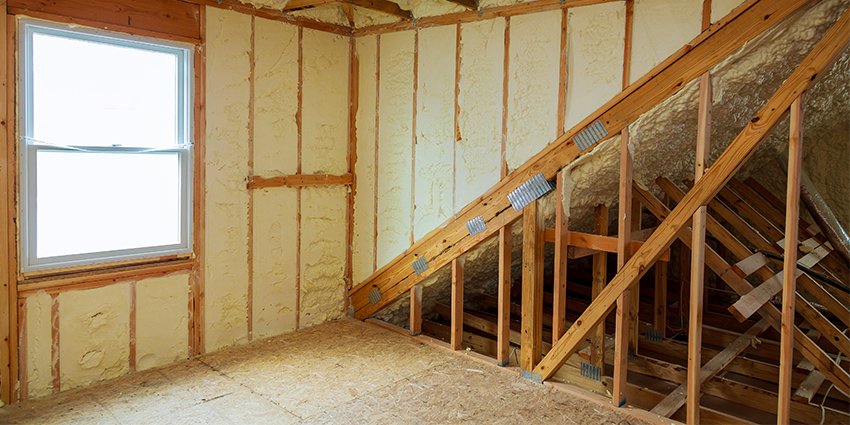

Parkhill, Dublin
01 5255297
